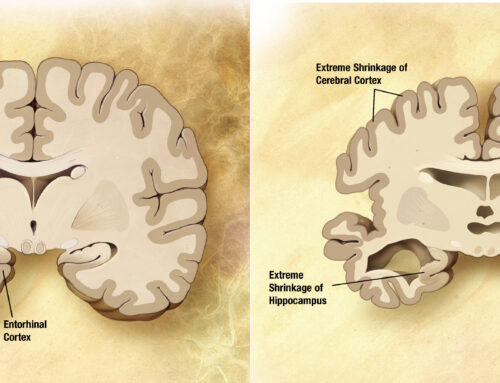Key Points
Question Are the health outcomes of White US citizens living in the 1% and 5% richest counties better than the health outcomes of average residents in other developed countries?
Findings In this comparative effectiveness study of 6 health outcomes, White US citizens in the 1% and 5% highest-income counties obtained better health outcomes than average US citizens but had worse outcomes for infant and maternal mortality, colon cancer, childhood acute lymphocytic leukemia, and acute myocardial infarction compared with average citizens of other developed countries.
Meaning For 6 health outcomes, the health outcomes of White US citizens living in the 1% and 5% richest counties are better than those of average US citizens but are not consistently better than those of average residents in many other developed countries, suggesting that in the US, even if everyone achieved the health outcomes of White US citizens living in the 1% and 5% richest counties, health indicators would still lag behind those in many other countries.
Abstract
Importance The average health outcomes in the US are not as good as the average health outcomes in other developed countries. However, whether high-income US citizens have better health outcomes than average individuals in other developed countries is unknown.
Objective To assess whether the health outcomes of White US citizens living in the 1% and 5% richest counties (hereafter referred to as privileged White US citizens) are better than the health outcomes of average residents in other developed countries.
Design, Setting, and Participants This comparative effectiveness study, conducted from January 1, 2013, to December 31, 2015, identified White US citizens living in the 1% (n = 32) and 5% (n = 157) highest-income counties in the US and measured the following 6 health outcomes associated with health care interventions: infant and maternal mortality, colon and breast cancer, childhood acute lymphocytic leukemia, and acute myocardial infarction. The study used Organisation for Economic Co-operation and Development data, CONCORD-3 cancer data, and Medicare data to compare their outcomes with all residents in 12 other developed countries: Australia, Austria, Canada, Denmark, Finland, France, Germany, Japan, the Netherlands, Norway, Sweden, and Switzerland. Statistical analysis took place from July 25, 2017, to August 29, 2020.
Main Outcomes and Measures Infant mortality; maternal mortality; 5-year survival of patients with colon cancer, breast cancer, or childhood acute lymphocytic leukemia; and 30-day age-standardized case fatality after acute myocardial infarction.
Results The infant mortality rate among White US citizens in the 5% highest-income counties was 4.01 per 1000, and the maternal mortality rate among White US citizens in the 5% highest-income counties was 10.85 per 100 000, both higher than the mean rates for any of the 12 comparison countries. (The infant mortality rate for the top 1% counties was 3.54 per 1000, and the maternal mortality rate was 10.05 per 100 000.) The 5-year survival rate for White US citizens in the 5% highest-income counties was 67.2% (95% CI, 66.7%-67.7%) for colon cancer, higher than that of average US citizens (64.9% [95% CI, 64.7%-65.1%]) and average citizens in 6 countries, comparable with that of average citizens in 4 countries, and lower than that of average citizens for 2 countries. The 5-year survival rate for breast cancer among White US women in the 5% highest-income US counties was 92.0% (95% CI, 91.6%-92.4%), higher than in all 12 comparison countries. The 5-year survival rate for White children with acute lymphocytic leukemia in the 5% highest-income US counties was 92.6% (95% CI, 90.7%-94.2%), exceeding the mean survival rate for only 1 country and comparable with the mean survival rates in 11 countries. The adjusted 30-day acute myocardial infarction case-fatality rate for White US citizens in the 5% highest-income US counties was 8% below the rate for all US citizens and was 5% below the rate for all US citizens in the 1% highest-income US counties; these estimates were similar to the median outcome of other high-income countries.
Conclusions and Relevance This study suggests that privileged White US citizens have better health outcomes than average US citizens for 6 health outcomes but often fare worse than the mean measure of health outcomes of 12 other developed countries. These findings imply that even if all US citizens experienced the same health outcomes enjoyed by privileged White US citizens, US health indicators would still lag behind those in many other countries.



